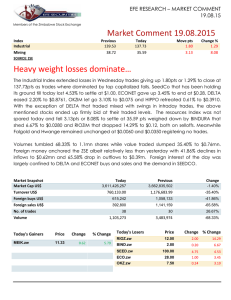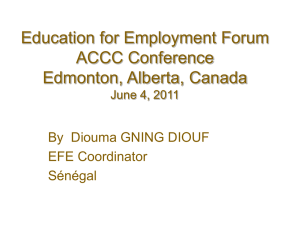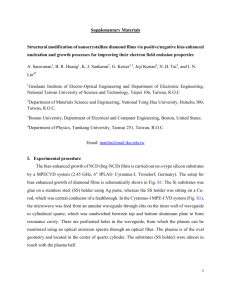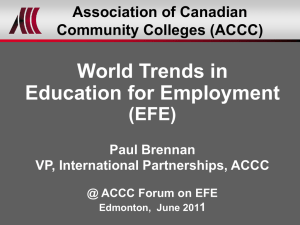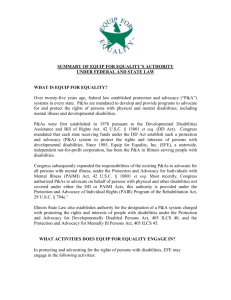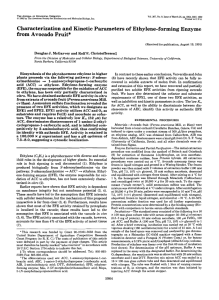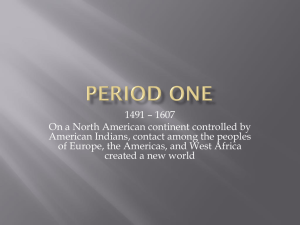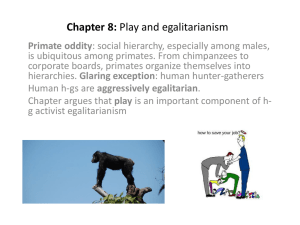Chapter 4: Resource unpredictability and development
advertisement
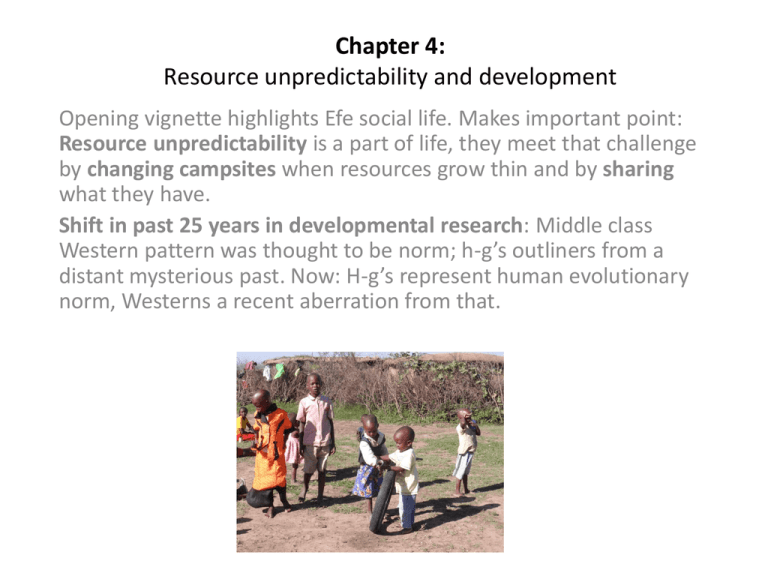
Chapter 4: Resource unpredictability and development Opening vignette highlights Efe social life. Makes important point: Resource unpredictability is a part of life, they meet that challenge by changing campsites when resources grow thin and by sharing what they have. Shift in past 25 years in developmental research: Middle class Western pattern was thought to be norm; h-g’s outliners from a distant mysterious past. Now: H-g’s represent human evolutionary norm, Westerns a recent aberration from that. The Efe (Pygmies) • One of the oldest traditional human populations, living in Congo Basin. • Original “pygmy” population thought to have split about 27,000 ya • Western: Aka, Baka, Bakola, Biaka; • Eastern: Efe, Mbuti, Asua, Batwa, Babinga. • Males: hunt in groups and alone, using bow and arrow • Women: gather mostly in groups with children • Efe variously interact with Lese agriculturalists whose ancestors moved into Congo basin about 2000 years ago. Efe provide work and trade some forest products (meat and honey) for garden/farm products. The Efe • Hazards for Efe children: • infections, parasites, predation, nutritional stress, accidents. Adaptation to nutritional uncertainty • Pygmy stature is thought to be adaptation to nutritional stress and uncertainty. Smaller stature reduced caloric demand for metabolism and growth. • Babies are very small, but fat – safeguard against nutritional stress in early development. • By first birthday, babies are starting to compete with older sibs for parental resources • 22% infant mortality rate; on par with 23% for h-g’s generally Adaptation to nutritional uncertainty • Long juvenile slow growth period, 3-11, believed to be important for development of resources acquisition and social skills • Since juveniles are poor at independent resources gathering, they depend on social environment to acquire needed resources • Cooperative, sharing social networks. Sex-role specialization; Male cooperative hunting; female group gathering; intra- and inter-group exchange reciprocal exchange, frequent movement and information-gathering Adaptation to social uncertainty • Children’s primary caregivers at risk for disease, injury, death. Nearly 20% of Efe children have lost a parent by age 17. • Kin represent an important source of extra-parental care • Efe children are outgoing and frequently solicit care and resources from social networks outside of parents • Efe social networks are variable. Camps could be just a few families near Lese gardens or as many 30 or more families in deep forest. Camps could be minutes or hours apart. Current Study • Authors’ hypothesis: Ecological uncertainty should have selected for children who cultivate social relationships beyond immediate caregivers. • Sample: 500 Efe from 18 different bands, 51 camps, across 900 k2 • Subjects: 20 4-21month olds; broken into 4 groups: Young Infants (YI) 4-6 months; Older Infants (OI) 7-11months; Young Toddlers (YT), 12-15 months; Older Toddlers (OT) 1821 months. Current Study • Social resource groupings: family: nuclear and extended family outside of mother (father, sibs, uncles, aunts, cousins); clan: more distant relatives; Unrelated Efe: ingroup non-family (most frequently these are women who have married into the family camp); Lese farmers: outgroup friends/acquaintances Efe Birth Traditions Birth: female birth assistants are first to hold newborn. Infant passed around both inside and outside of birth hut. Mother is often last female to hold baby an hour or so after birth. In the few days immediately after birth other nursing moms will nurse baby along with mom – note the social nature of birth – it is a community-wide event not individual. Similar to khimpie ceremony among Lohorung Rai Expanding social network with age • • • • YI: Ave of 9 unique social interactions in 2hr period OT: Ave of 14 unique social interactions Wide range: 3-20 General trend: Family contacts highest, clan next, unrelated Efe last. However, for oldest subjects (OT), more time spent with clan than with family. • Among non-relatives: women are more frequent partners of infants than men Early Baby handling • Change partners: Across ages, babies experienced a change of partner every 3 mins on average. • Effect: From the beginning of life Efe babies are leaning how to manage an highly fluid, but constantly affectionate social environment • Babies are almost always in good moods across partners (85-94% of the time across ages), and the public nature of infant handling almost always helps to ensure that adults greet and treat infant warmly. Rules of baby handling • • • • More experienced adults mentor less experienced Attend to baby or don’t take baby, no multi-tasking If too busy, or baby too fussy pass to another (no penalty) Give baby what he/she asks for (70-75% of all infant requests are granted; lower rates for YI who often must be refused for safety/danger reasons) • Gentleness and warmth of adult may be related to judgments of trust on part of infant H-g vs modern motherhood • Highly social nature of infant, child rearing in Efe typical of h-gs. Authors contend that there are no examples they know of among h-g’s where mother alone is responsible for infant. • Modern Western condition for mothers could hardly be more different than that of hunter-gatherers. Recent survey 46% of American moms called their birth experience “traumatic.” “Horrific,” “degrading” and “barbaric” were also common adjectives for birth health-care providers. • Once discharged from hospital moms are often isolated and quite alone • “h-g mothers are doing a much better job of caring for mothers and babies” and are reaping the rewards of that in far better adjusted and resilient families.”
